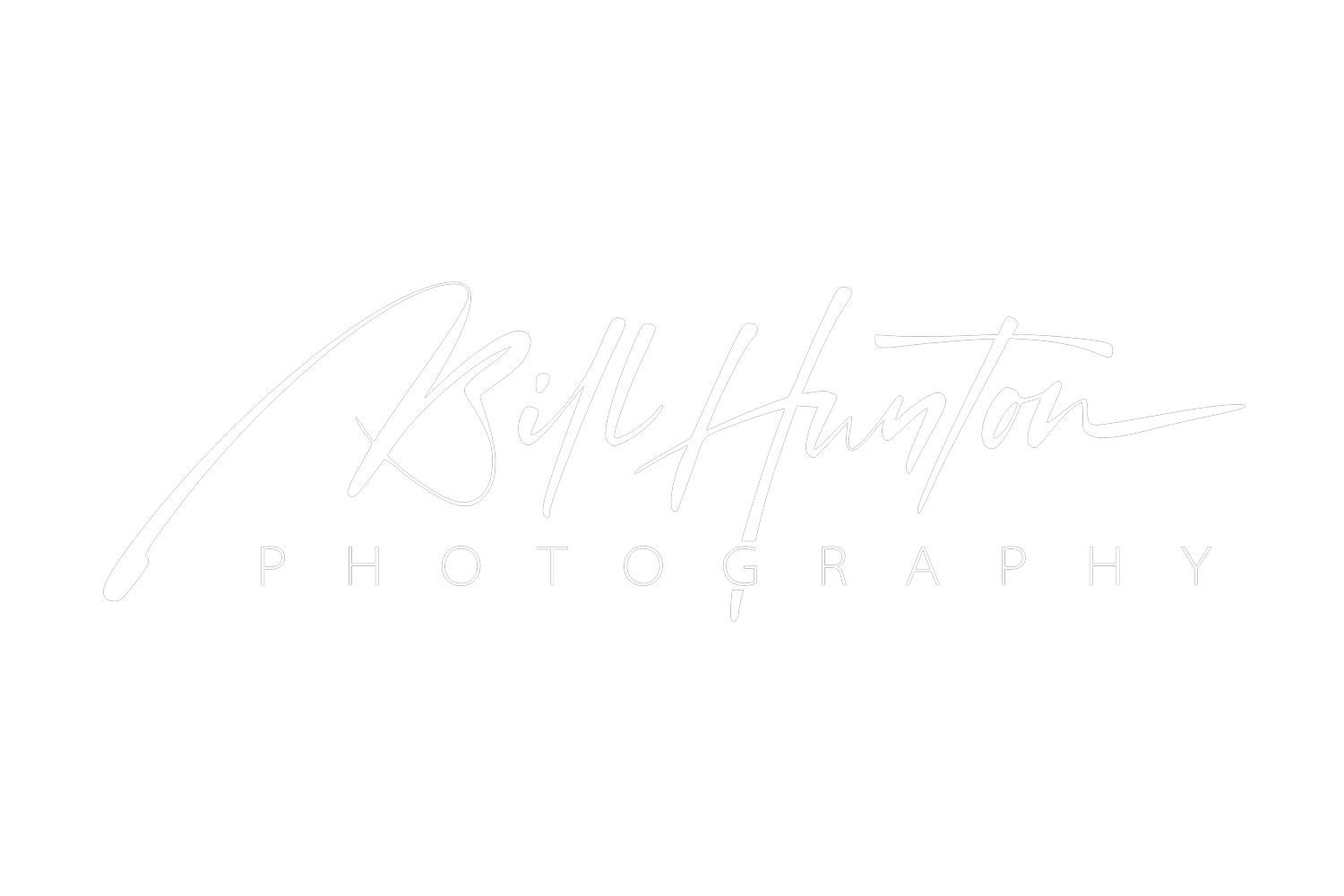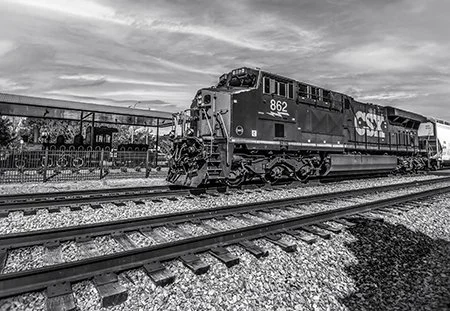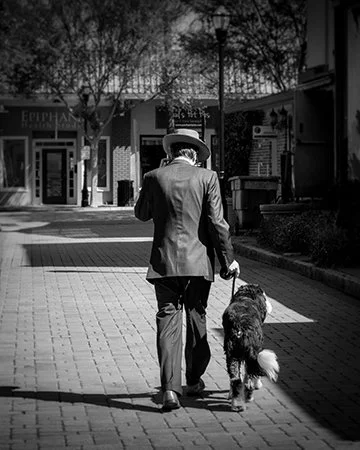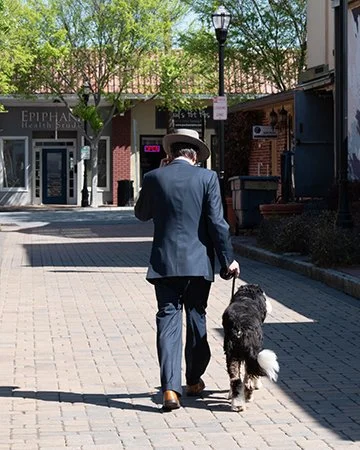The Best Tours Are Detours
Someone on the internet, probably Shakespeare, said "The best laid plans of mice and men do often go awry." Actually, it was a Robert Burns poem to a mouse, and in language barely understood as English. Another, "Man makes plans. God laughs." What if you begin driving down a road and the detour becomes the best part of the journey? What if you begin driving, in control of your destiny and destination, and all of a sudden you are then driven by strange winds and unforeseen circumstances, even against your will, onto a road less taken? What if the Internet can be trusted to accurately cite a quotation?
I started out on an assignment to make photos for my Shutterstock catalog. Trying to make a buck doing stock photography is extremely difficult for photographers like me. I get a fair number of downloads daily, but the royalties are very tiny. I have been doing deeper analysis of my images that sell. Like... why do mine sell at all, or why do mine not sell and that other person's photographs do sell? There's always tension between art and the almighty dollar. If you are not careful, you lose creativity while you apply a formula that you believe will be profitable. I need to figure out that riddle.
Very often... I mean a lot, I start out with an assignment in mind, then something will click, and I am off on a detour, never to return to the assignment of the day. Great for art, but usually not for my work discipline. Thus it was a day ago. I landed in the Marietta Square to make some stock photos, and I ended up doing black and white street photography instead. It's a heck of a lot more fun than stock.
I will offer three photographs from the day, and my own biased analysis of them. The only thing more preening would be selfies. None of that narcissism here I hope. Maybe the analysis will help your photography. (I really don't like talking about my own work, but I hope you get some value from it.)
The first photograph is of Jack and the Ballerina Dresses. I have been photographing him for a few years. I love the man. He's gregarious, always has a story, and if you say yes, he will pray for you right there on the spot. Everyone in town seems to know him. Every town needs someone like Jack. He and I have an agreement regarding photographs of him. Let's talk about this photograph.
Jack, seated.
I try to be critical of my own work. Ninety per cent of my work goes into the trash. So, I don't consider this a great "street portrait" style photo. It is barely presentable. In my mind I recall the work of many great photographers, and this one is just not in that class. I will say that Jack and I had just finished talking after about 30 minutes. I should have taken more time with his photograph, but I didn't want to bother him. I have lost some good photographs that way. Some photographers seem to be more interested in their photographs than the people they photograph. I like Jack and I am disinclined to "use" him. I prefer to tell his story, as effectively as I can.
I used a Nikon (I won't say which body), with a 10-20 zoom lens, set at about 20mm in 35mm terms, so still pretty wide. The nominal setting on the APS-C sensor was 14mm. I was in close. I know Jack, so it was not uncomfortable for him or for me. I think there are a couple interesting visual elements at play, too: Jack's beard and the dresses in the window were my main interest. Black and white is the extreme application of color grading. I shot in RAW so I could have made a color photograph, but it would have been a visual blitz of color and patterns. Black and white sets a mood without distractions. I like dark tones to predominate. I push unwanted, distracting details into the shadows. (More on that in a bit.) The white in Jack's beard and the dresses work together.
Trains. I love trains.
A train comes through the middle of Marietta
The old train depot in Marietta was built in 1864. Freight trains go through the middle of town. The depot is behind me, with the shadow of its roof in the foreground, lower right corner. My Nikon 10-20 zoom was set super wide at 10mm (15mm in 35mm terms), ISO at 500, shutter speed was 1/640th of a second and the aperture was f13. So, I have gobs of depth of apparent focus from foreground to background, and the fast shutter speed stopped the train. However, the cirrus clouds support the feeling of motion even though the train is stopped in the photograph by the fast shutter speed. By the way, the dark sky tones are actually blue sky. In black and white, the sky looks kind of stormy, but it was not. The train is moving into the frame from the right to left. The rails support the movement running diagonally left to right, adding tension and dynamics.
Old Train #4 is under the awning in the distance. It adds a little context to the photograph. Thus the title, Trains, and not "Train".
The vanishing point of the rails is beyond the frame of the photograph far to the right. I did not think of any of that stuff while I took the photo. Had I been thinking about it, mulling over the decisions, old CSX 862 would have been halfway to Birmingham, Alabama before I got around to pressing the shutter button. Empty rails make such boring photographs, too. I suppose I have been doing this so long that my actions are all muscle memory. I covered my left ear, because the wheels squeal and the horn is very loud. So, I shot this one-handed. I like this photograph.
Man in a Suit and Hat with His Dog. Sounds creepy, and it probably is, but I stalked this guy from a distance. I made several exposures. I tried to get his face in a couple but I didn't like his expressions in them, and I didn't especially want to ask for a release. I don't like to be in people's faces when I photograph on the street. This view is more mysterious, too.
Man in a Hat with His Dog
If you enlarge the image, you can see his left hand at his ear. I liked that better than a couple other images I took of him.
The specs on this are as follows: Nikon 55-200 zoom, set at 55mm (like an 82mm in 35mm full frame terms). ISO was 500. Shutter speed was 1/400 second and aperture was f10. Use a fast shutter to make sharp photographs.
Man in a Hat (original in color)
In the original image, there was an "OPEN" sign in bright neon red in the far window across the street. There was also a "No Parking" sign on a pole in front of the man. If I had left them visible, they would have distracted from the man's hat. I used a Photoshop selection tool and content-aware fill to get rid of them. The trees were bright, too. I used the background mask in Lightroom, blurred it with a de-focus tool, lowered the exposure to create a vignette which draws attention to the man, and took attention away from the bright trees. I used a linear gradient mask to darken the base of the photograph. Again, that helps lead the eye into the image. So, yes, I used both Lightroom Classic and Photoshop to make this image, and yes, it took, some time and effort.
There you have it. I made other photographs. I used similar techniques. My style is low key, the images are dark. I avoid being noticed. Most often I work at a distance, unless I know the person I am photographing. In 35mm terms I prefer a short telephoto, like an 75mm to 85mm lens. I consider the RAW file as just a starting point. I make photographs in the darkroom or digital darkroom (Photoshop and Lightroom). I never, never, not ever accept a photograph right out of the camera except perhaps photos of things I sell online. I use all kinds of editing tools to create an image, including using both Photoshop and Lightroom on the same photograph. I have bought presets and brushes. Some are useful, most are not.
I hope this helps you as you detour your way through your photographic journey.
Selah




